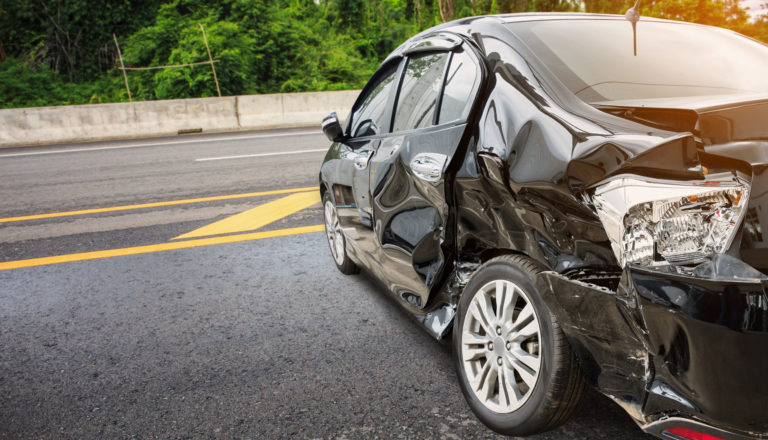
When you are in a car accident, sometimes it is not necessarily clear who was at fault. Not all accidents are black and white.
But can fault be determined by the location of the car damage? We will discuss how fault and damage are correlated below.
There are some situations where damage can be used as evidence of fault. Accident investigators will assess the damage and look for points of impact. The damage and impact points can help tell a story about what happened.
One example of this is damage from a rear-end collision. Keep reading to learn more.
In rear-end accidents, the damage is on the back of one car and the front of the other car. But how can you tell who was at fault?
Well, determining fault in a car accident by the location of the damage is not always simple. However, if the damage on the back of the car that was rear-ended is significant, then it may be a sign that the car behind was speeding, which could place blame on that driver.
Damage in rear-end collisions often points to the driver behind as the one at fault.
There are many situations where fault isn’t obvious. Two such situations are side-impact collisions and head-on collisions. Let’s talk about both below.
In side-impact collisions, it is common for people to say that one car “T-boned” the other.
At first glance, damage on the side of one car and the front of the other car may make it seem like the car that hit the side of the other car was to blame. This is sometimes the case.
For instance, if a driver runs a red light, they might hit the side of another driver who has the right-of-way while they are driving through an intersection.
In that case, the driver with front-end damage (who ran the red light or stop sign) is the one to blame.
But what if that same car got T-boned by the driver with the right-of-way? Then they are still at fault, but in that scenario, they are the car with side damage. That is why it is not as simple as correlating front-end damage to fault in side-impact collisions.
When two cars collide head-on, the damage is usually significant. But if both cars were following the rules of the road, it is unlikely that they would be in a position to run into each other head-on, so who is at fault?
Sometimes it is both, but usually, one driver bears the blame. Head-on collisions are common in accidents where one driver was distracted or under the influence and drifted into a lane of oncoming traffic. But if there is no evidence of that happening, the type of damage alone may not be enough to prove the distracted driver was at fault.
Head-on collisions can also happen while cars are turning at an intersection. This situation is much more difficult for determining fault. If a head-on collision happens in the middle of an intersection, the location of the accident and the damage may not be able to point to which driver is to blame.
That’s where other evidence comes into play.
When the location of damage from an accident isn’t enough to prove fault, other evidence becomes necessary. Collecting evidence from the scene of the accident is crucial to determining fault.
Even if you never even file a lawsuit regarding the accident, good evidence can help you prove that you are not at fault for the accident which could save you from a traffic ticket, points on your license, and more.
Here are several types of evidence you should try to gather:
Getting statements from eyewitnesses is a great way to help your case. People that were driving or walking nearby and saw the accident occur can share their accounts of what happened, which can help prove that the accident was the fault of the other driver.
If you speak to a witness at the scene of the crime, be sure to get their contact information so they can be contacted to give a statement.
Footage from surveillance cameras is solid evidence of who caused an accident. Sometimes, there will be red light cameras that have recordings of the accident, or you may be able to get security camera footage if there are nearby cameras owned by the city or local businesses.
Surveillance footage can be important evidence, but it is not always available. Even when it is, it can be from an angle that makes it difficult to use. That is why it is always important to gather as many types of evidence as possible.
If you were injured in the car accident, your injuries are also a form of evidence. Gather as much information as possible about your injuries, such as doctors’ notes, photos, diagnoses, etc.
Forensic analysis is conducted by car accident investigators who specialize in determining what happened and who may be at fault. This is not always necessary, but your attorney may call on an expert to analyze your crash.
Determining fault by the location of damage in a car accident is not always possible. If you were in a car accident and you’re not sure who caused the crash, call us. An experienced Athens car accident lawyer can help you with your case.
Call (706) 995-7547 today to schedule a free consultation.